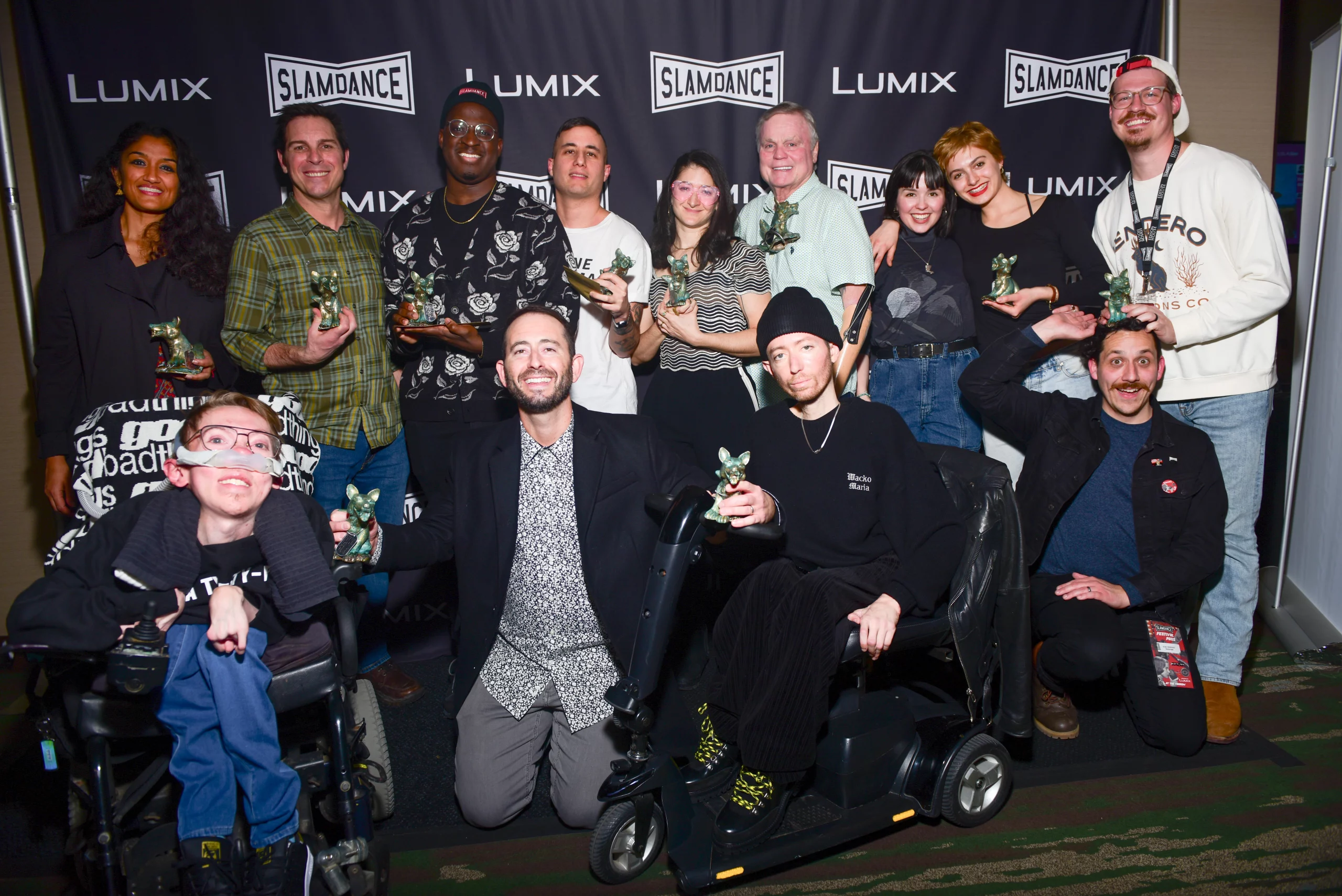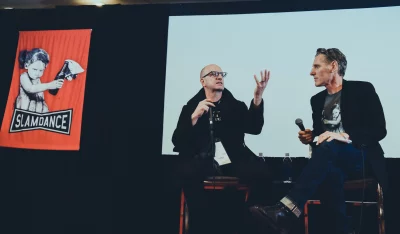
Le Salon Des Refusés Vivra: Slamdance Will Live On
Film
“We wear this badge proudly: ‘Le Salon des Refusés,’” says Peter Baxter, co-founder and president of the Slamdance Film Festival, referencing the French term for an exhibition of rejects to describe the community he and the festival’s founders have cultivated. Dubbed a “guerrilla upstart” on their website, Slamdance began in Park City in 1995 as a haven for filmmakers who didn’t make the cut for the Sundance Film Festival. It provided a space for these artists to showcase their work, connect with peers and exchange ideas. What started as a one-time event has grown — over 30 years — into a thriving platform for independent filmmakers. “We wanted more than just a film festival,” says Baxter. “We wanted a gathering place for artists — a space that embraced divergent voices and allowed their work to be seen and heard within a system that was otherwise bleak.”
Slamdance has evolved from its humble beginnings into a year-round enterprise, offering a screenplay competition, the DIG (Digital, Interactive, Gaming) program and the Slamdance Channel virtual film platform. Most recently, Slamdance announced that its 2024 festival would be its last in Park City as it relocates to Los Angeles, where its other operations are based.

The decision to leave Park City stems from Slamdance’s commitment to supporting underrepresented voices. The high costs of traveling to and staying in a resort town like Park City are often prohibitive for filmmakers who have poured everything into their projects. “It goes against the goal of giving emerging voices a chance,” Baxter explains.
“Slamdance is a festival for filmmakers, by filmmakers.”
Accessibility was another factor. For participants in the Unstoppable program, which highlights work by filmmakers with visible and non-visible disabilities, Park City’s mountainous terrain posed challenges. A recent partnership with the University of Utah allowed for the Unstoppable showcase to take place in Salt Lake City, but Baxter notes that Slamdance’s ultimate goal is fostering a filmmaking community that connects artists with audiences and distribution opportunities.
Slamdance’s community-focused ethos has always set it apart. “Slamdance is a festival for filmmakers, by filmmakers,” Baxter says. “Once you’re in, you can never really leave — you contribute in some way, like helping with the next year’s program.” This model keeps many of the founding filmmakers involved to this day. “We’re one of the only festivals where filmmakers return to run it. That’s unusual.”

Reflecting on Slamdance’s first year, Baxter shares, “We soon realized we should continue this for other artists. It wasn’t the first time some of us had shown our films, but it was the first time many of us felt part of a festival that was truly ours. We’ve been doing that ever since, and we have a strong track record of discovering filmmakers who went on to change the industry.”
Notable alumni whose debut films premiered at the festival include Christopher Nolan (Following), the Russo brothers (Pieces) and Oren Peli (Paranormal Activity), the last of which went on to become one of Paramount’s most profitable films. “This shows the power of independent and micro-budget filmmaking to push the industry forward,” Baxter says.
“These collaborations are building a vibrant film community, especially from a younger perspective.”
Slamdance has also led industry innovation, being the first festival to screen a film via video projection, the first to have filmmakers program the festival and the first to showcase films on the Xbox platform. Baxter sees the move to Los Angeles as an opportunity to expand this pioneering spirit.
“We believe there are opportunities to elevate independent film by bringing fresh ideas to the industry at a time when it’s struggling,” Baxter explains. Slamdance has already partnered with production companies, schools and colleges, focusing on younger filmmakers. “These collaborations are building a vibrant film community, especially from a younger perspective.”
As Slamdance continues to grow, its focus remains on discovering new talent, prioritizing creativity over celebrity and commercialism. “We’re not showcasing celebrities — we’re showcasing artists because this is where it all starts,” Baxter says. “How beautiful is it to showcase pure work from the source? That inspires me and our programs deeply.”
Learn more about Slamdance’s journey at slamdance.com.
Read more about Slamdance:
Slamdance Film Review: Experimental Shorts Block
Slamdance Celebrates “30 Years of Anarchy” with its Most Diverse Slate Yet